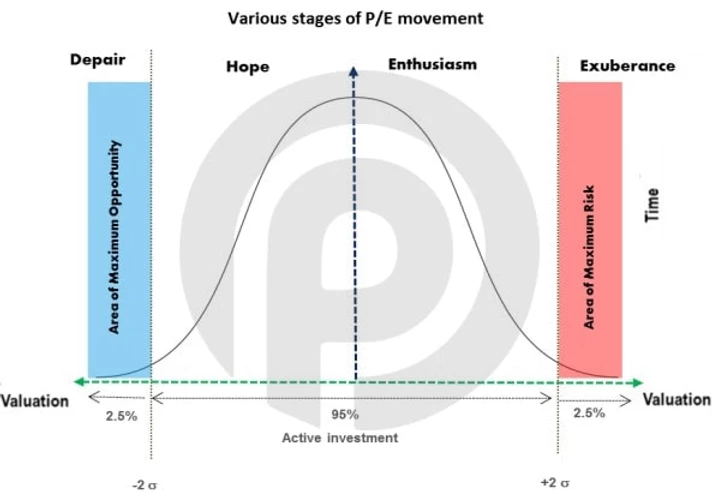Insolvency and Bankruptcy Code (IBC) enacted in May, 2016 is the latest attempt by the Government of India to create a single law with an all-encompassing framework. This will facilitate creditors to recover their dues by either by effecting a turnaround or through winding up of stressed assets. It was enacted in order to resolve the lacunae and the delay under the current recourses available to creditors in the form of provisions of Indian contract act or the options available through special laws including, Recovery of Debts Due to Banks and Financial Institutions Act, 1993, the Securitisation and Reconstruction of Financial Assets and Enforcement of Security Interest (SARFAESI) Act, Sick Industrial Companies (Special Provisions) Act, and the Winding up provisions of the Companies Act.
With an established deadline and clear process involved in resolution, IBC is a handy and quick way to sort out stressed assets, compared to the existing laws. The process is further strengthened by independent insolvency professionals guiding the entire course, thereby limiting the scope of collusion between Banks and Managements. According to RBI data, a total of 540 cases has been admitted by IBC, of which 79 cases (c.15%) have been resolved. This against an average 4.3 years to resolve issues relating to stressed assets in India. The average recovery rate of banks before the Act was introduced and during the period between 2015 and 2017 was 26.4% on their Gross Non-Performing Assets (GNPA), 41% for private banks and 25.1% for public sector banks. The recovery rate under the erstwhile laws, like SARFAESI, have been much lower at 10.8%. Initial numbers reveal that the average recovery rates under IBC has been promising at around 33%.
The institutional frame work includes, Insolvency Resolution Professionals, information utilities, Adjudicating authorities such as – National Company Law Tribunal (NCLT), Debt Recovery Tribunal (DRT) and the Insolvency and Bankruptcy Board of India (IBBI). It also establishes funds for insolvency resolution, liquidation and bankruptcy and provides guidelines for quick identification of stressed assets and bringing in the same for arbitration and resolution.
Once a default happens, the control of the company shifts from shareholders to committee of creditors to restructure the company. This in turn is expected to avoid delays in resolutions and also limit the erosion in firm value due to such delays. The act aims at resolution of insolvency cases, within a period of 180 days extendable by another 90 days. Further IBC assigns priority on the distribution of proceeds from sale of assets, with more importance given to settling the cost of insolvency, secured creditors and workmen dues. It is to be noted that Central and State government, have been accorded relatively lower priority.
When a case is referred to NCLT by the IBC, banks have to make an upfront provision of 50%, which increases to 100% if these enter into the liquidation process. Any recovery from the process is considered on an as and when basis in the income statement by the respective banks. This means, banks are not allowed to estimate the recovery amount and provide for lower or staggered provisions of such distressed assets. While this provides for better transparency in terms of financial statements, this also discourages banks to voluntarily refer their cases to IBC, for the fear of taking hit on their balance sheet. In fact, it is interesting to note that, of the 540 cases pending with the IBC, only 198 are from banks, the majority cases being initiated by operational creditors (234 cases), and defaulting companies themselves (108 cases).
The ordinance limits promoter participation in submitting resolutions to the committee of creditors. This was included in order to acquire a wider participation and better resolution price for the business. However such limitations have imposed certain practical problems for smaller companies. While the larger ones with valuable assets garner sufficient interest during selloffs, only promoters are interested in bidding for the smaller companies. Amendments have been made recently in the ordinance, relaxing the constraint on promoters. As per the new norms, promoters will be allowed participation, provided they repay their outstanding’s within a month and clean up their debt, within the time limit provided. Private equity funds can also bid for stressed assets.
The establishment of IBC and NCLT has been greeted with positive reviews, especially from international agencies. Recently, India jumped 30 places in World Bank’s ease of doing business. One of the key reasons attributed to this was the enactment of IBC. IBC is certainly more accommodative, transparent and provides hope for the resolution of distressed assets that plague the banking sector. However, one has to be careful in giving into this euphoria. We responded with similar elation during the introduction of, the now much vilified, SARFAESI Act, one does hope to live and learn.



